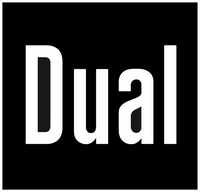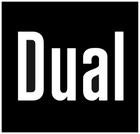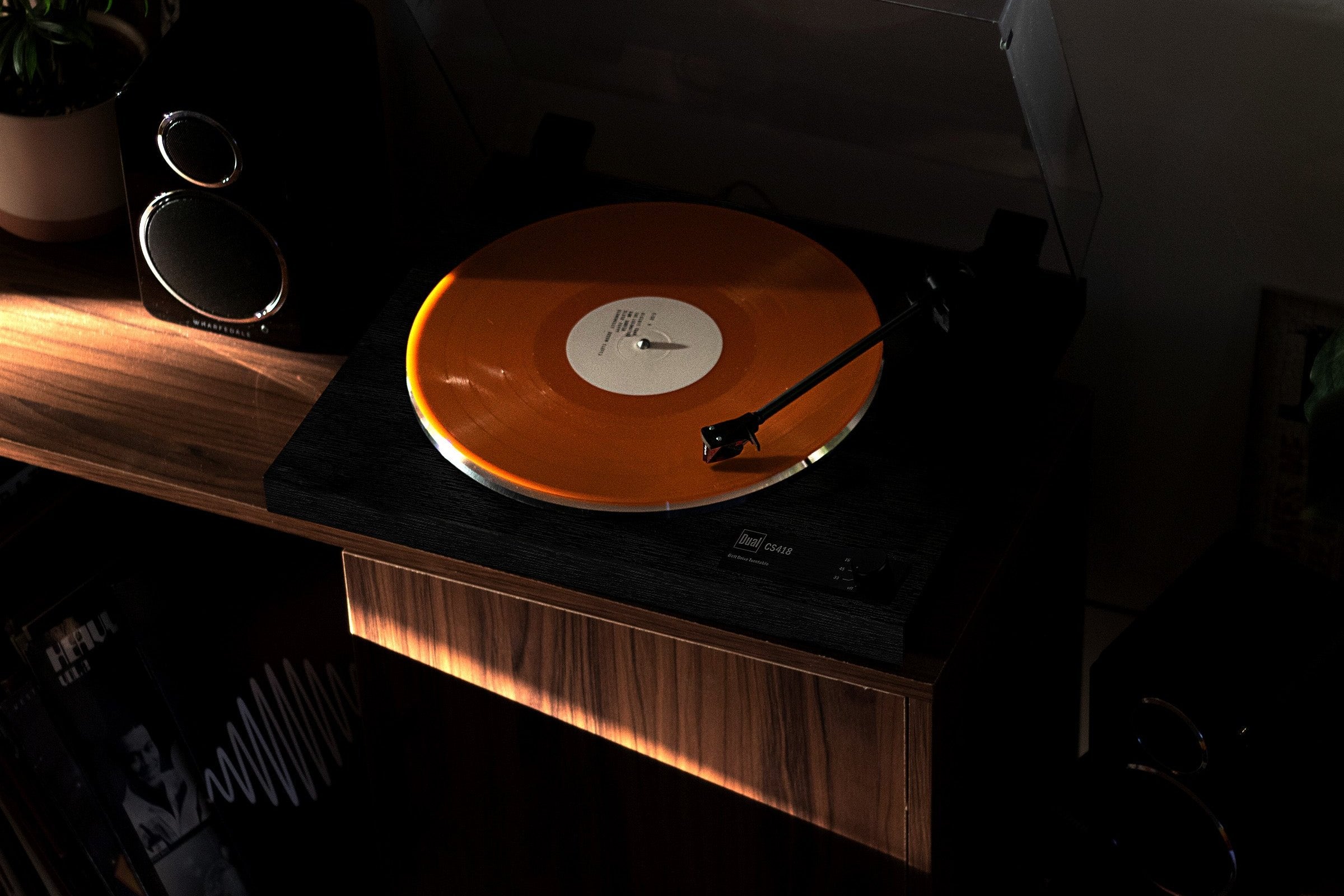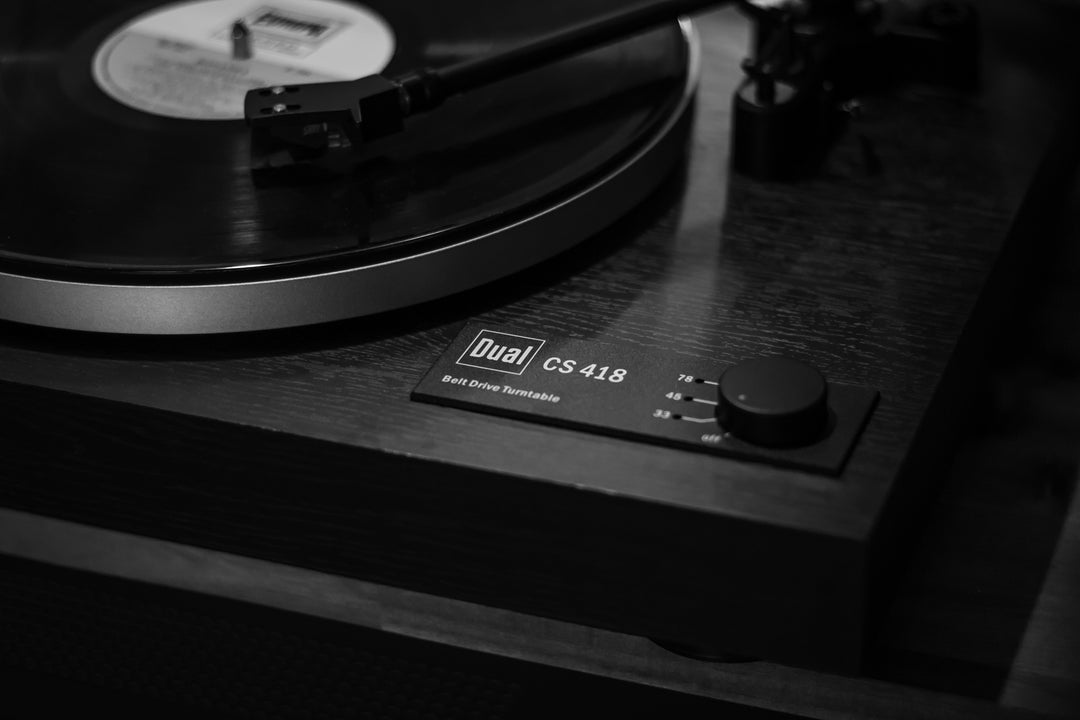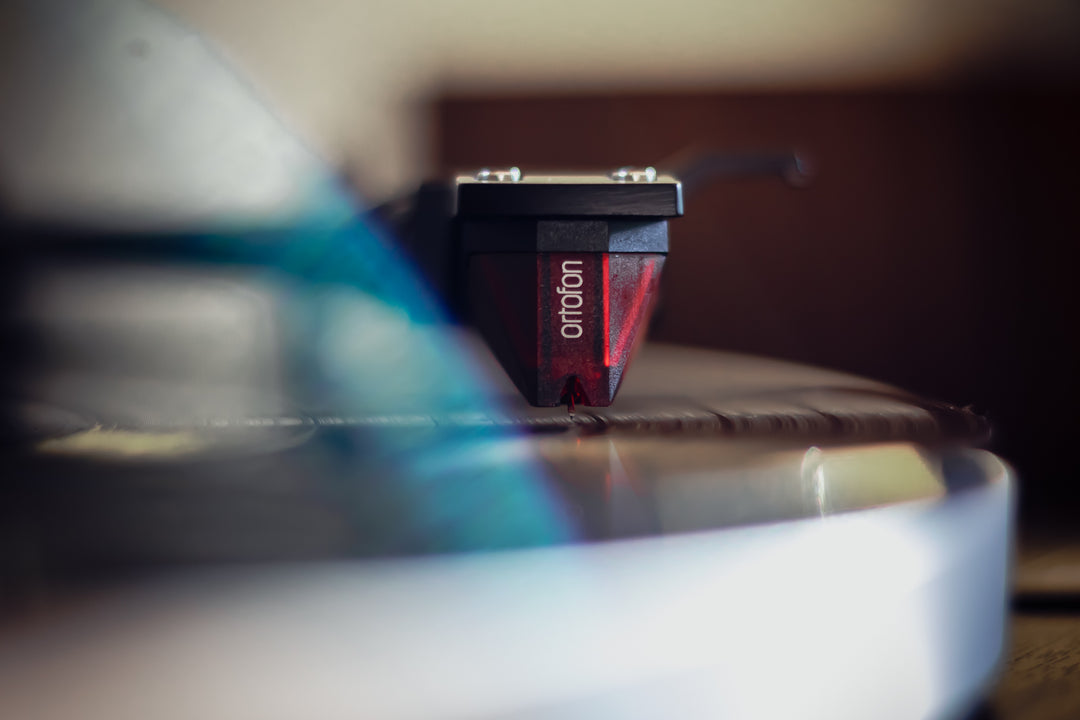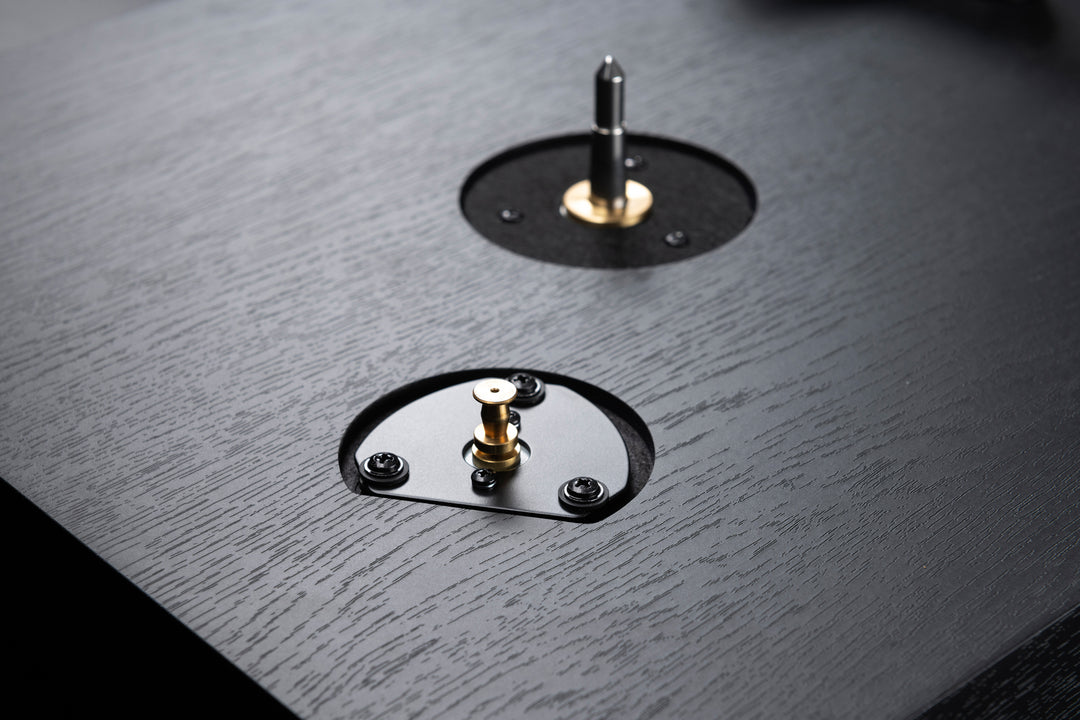Speed Matters: Navigating Turntable RPM
If you've ever looked at the speed dial on your Dual turntable and wondered about the difference between 33 1/3 and 45 RPM, you're not alone. Understanding turntable speeds is essential for getting the most out of your vinyl listening experience. Let's dive into the differences between these two common speeds and what they mean for your music.
What Do 33 1/3 and 45 RPM Mean?
The numbers on your speed selection dial represent revolutions per minute (RPM). This is the number of platter rotations, per minute, made while playing a record. The higher the number the higher the speed.
Why have different speeds?
In the late 19th early 20th century, records were played at varying speeds, ranging from 60-120rpm. However, in 1948 Columbia records introduced the 33rpm LP, a 12” vinyl record that afforded up to 25 minutes of play per side. The following year, RCA Victor created the 7” 45rpm single, offering 4-5 minutes of play time per side. The beauty of the 45 was its 7” size, making it idea of jukeboxes and radio play, perfect for rock and pop markets. These speeds and their respective sizes quickly became the industry standard and have remained so to this day.
What are those speeds?
-
33 1/3 RPM: This speed is typically used for 12” vinyl LPs (long play) records. These are also the most common records stacked in the bins at your favourite record store. If you’re buying or playing your favourite album, chances are it’s a 33.
-
45 RPM: This higher speed is commonly used for playing singles, also known as 7-inch records or "45s." However, these days, many high quality 12” vinyl records are now cut and played at 45rpm, which is said to provide better high-frequency response, greater dynamic range, and reduced distortion.
-
78 RPM: 78s are rare these days. They were largely fazed out in the late 50s when 33s and 45s became the industry standard. These days, they’re predominantly bought and played by collectors. With larger grove sizes and made from an entirely different material composite, 78s require specific cartridges and styli to be played.
Selecting the Correct Speed
Now that you know the difference between these speeds, you can better guess what you’re up against based largely on record size: the big ones are 33s and the little ones are 45s… mostly.
Make sure that the speed selection dial is correctly matched to the record your playing before you hit start. Too fast and you’ll feel like you’re listening to the Chipmunks Christmas album. To slow and your vocalist will likely sound like they’re summoning demons (though, that might also be the style of music you’re listening to).
A neat little trick to ensure you’ve got the right speed before you begin playing is to check both the record label (paper circle in the centre of the record) and the runout etching (markings scratched into the face of the record) for your records speed. In most cases, the record’s speed will be indicated in one of these two locations.
If you can’t find the speed.
Don’t sweat it. Switch it to what you think it’ll be a soon after you hit play you’ll know. Play the wrong speed will damage neither the record nor the stylus. So, if you get it wrong out of the gates (and all of us do at one stage or another), quickly switch speeds and enjoy the remainder of your listening session.
Dual's Speed Selection Dial
Dual’s intuitive speed selection dial, easily located and effortless to use, makes switching between speeds a breeze. So, you can jump between 33s and 45s in a flash, which means more records more often.
